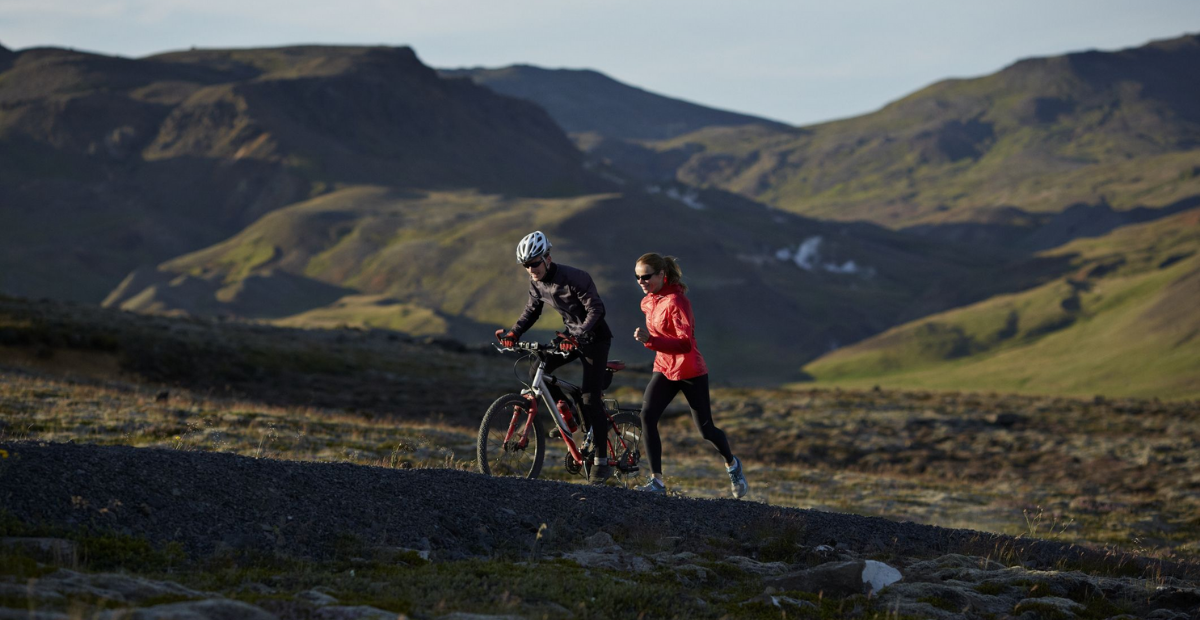Cycling
Should cardiovascular exercise be done outdoors or indoors?

Treadmills, elliptical machines and exercise bikes are now a common appearance at gyms. Gyms thus provide the benefits of cardio indoors. They also make cardio an accessible option for everyone before or after a free weights workout. However, many still prefer the outdoors for perks that the indoors cannot provide.
The nature of outdoor and indoor cardio has been questioned for a very long time. Here is a thorough breakdown.
Cardio Indoors
Performing cardio indoors may seem like a wise choice when it is too sunny or cold to run or cycle outside. Treadmills, elliptical machines and exercise bikes allow the user to customize their workout intensity and break a sweat, even in air conditioned gyms. Choice of incline, speed and intensity can help in tracking progress. It is the equivalent of progressive overload for cardio and can help beginners in gauging their progress over the course of weeks.
Cardio Outdoors
Performing cardio outdoors provides the same set of benefits as cardio indoors. Adding fresh air and sunlight in the early hours of the day can help in becoming mentally fresh and reap the benefits of Vitamin D. Natural terrain leaves a pre-planned route, incline and intensity of exercise, so no excuses can be the reason for ditching exercise. Over time, outdoor exposure to cardio can also help one become mentally resilient and aware of their surroundings and also leave them fitter.
Swimming
Swimming is also considered a cardiovascular form of exercise, and is the first event in any triathlon. It provides the benefits of running and cycling, along with a whole set of other benefits. However, one may be confused how swimming falls under the indoor or outdoor category.
Swimming in pools can help one when starting out, as there is no current or resistance. Performing laps and completing a day’s quota of cardiovascular activity are ideal goals to set when swimming in a pool. However, in this case, open water swimming is the outdoor equivalent. Open water swimming requires safety measures, coach guidance and varies a lot from indoor swimming. Tides and currents may influence direction and provide a natural feel of water as opposed to chlorine infused swimming pools. It also makes for a mentally refreshing getaway if swimming in pools with other people seems daunting. One of the challenges that are likely to be faced is weather. Open water swimming highly relies on a good weather; an essential indication that it is a good day to swim. Drowning and other dangers are likely to occur if one chooses to venture out in bad weather, thus it is important to ensure safety before swimming in open waters.
Conclusion
Performing cardio indoors, outdoors or in the open seas boils down to accessibility and personal choice. Running or cycling outdoors can be a cost-effective method to get a workout without having to plan anything. Whereas, if one likes to have control over their workouts, an indoor cardio program may be the solution. Swimming in pools or open waters comes with all the benefits; the only difference is in natural versus man-made terrain. Exercising, irrespective of location or age, for 30 minutes or more a day is enough to help one reap all the benefits of better cardiovascular health.
Also read: How can running and strength training combined lead to weight loss






